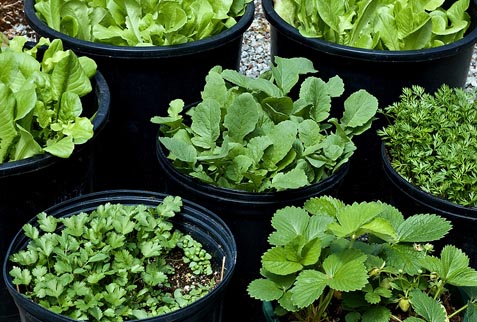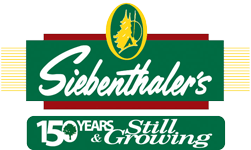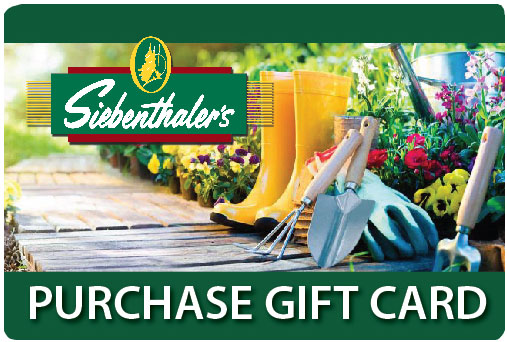
VEGETABLE CONTAINER GARDEN

If insufficient space or an unsuitable area limits your vegetable gardening, consider the possibility of raising fresh, nutritious, homegrown vegetables in ontainers. A windowsill, a patio, a balcony or a doorstep will provide sufficient space for a productive mini-garden. Problems with soil-borne diseases, nematodes or poor soil conditions can be easily overcome by switching to a container garden.
CROP SELECTION
Almost any vegetable that will grow in a typical backyard garden will also do well as a container-grown plant. Vegetables, which are ideally suited for growing in containers, include tomatoes, peppers, eggplant, green onions, beans, lettuce, squash, radishes and parsley. Pole beans and cucumbers also do well in this type of garden, but they do require considerably more space because of their vining growth habit.
Variety selection is of extreme importance. Most varieties that will do well when planted in a yard garden will also do well in containers. Some varieties of selected vegetables that are ideally suited for these mini-gardens are indicated in Table 1.
| Tomatoes: | Patio, Pixie, Tiny Tim, Saladette, Toy Boy, Spring Giant, Tumbling Tom, Small Fry |
| Peppers: | Yolo Wonder, Keystone Resistant Giant, Canape, (Hot) Red Cherry, Jalapeno |
| Eggplant: | Florida Market, Black Beauty, Long Tom |
| Squash: | Dixie, Gold Neck, Early Prolific Straightneck, (Green) Zucco, Diplomat, Senator |
| Leaf Lettuce: | Buttercrunch, Salad Bowl, Romaine, Dark Green Boston, Ruby, Bibb |
| Green Onions: | Beltsville Bunching, Crysal Wax, Evergreen Bunching |
| Green Beans: | Topcrop, Greencrop, Contender, (Pole) Blue Lake, Kentucky Wonder |
| Radishes: | Cherry Belle, Scarlet Globe, (White) Icicle |
| Parsley: | Evergreen, Moss Curled |
| Cucumbers: | Burpless, Liberty, Early Pik, Crispy, Salty |
GROWING MEDIA
Synthetic “soils” are best suited for vegetable container gardening. These mixes may be composed of sawdust, wood chips, peat moss, perlite, vermiculite or almost any other type of media. Regardless of what mixture is used, however, it must be free of disease and weed seeds, hold moisture and nutrients but drain well and be lightweight. Many synthetic “soils” are available from garden centers, or one can be prepared by mixing horticultural grade vermiculite, peat moss, limestone, superphosphate, and garden fertilizer. To 1 bushel each of vermiculite and peat moss, add 10 tablespoons of limestone, 5 tablespoons of 0-20-0 (superphosphate) and 1 cup of garden fertilizer such as 6-12-12 or 5-10-10. Mix the material thoroughly adding a little water to reduce dust. Wet the mix thoroughly prior to seeding or transplanting.
CONTAINERS
Almost any type of container can be used for growing vegetable plants. For example, try using bushel baskets, drums, gallon cans, tubs or wooden boxes. The size of the container will vary according to the crop selection and space available. Pots from 6 to 10 inches in size are satisfactory for green onion, parsley and herbs. For most vegetable crops such as tomatoes, peppers and eggplant, you will find 5-gallon containers are the most suitable size. They are fairly easy to handle and provide adequate space for root growth.
Regardless of the type or size of container used, adequate drainage is a necessity for successful yields. It is advisable to add about 1 inch of coarse gravel in the bottom of the container to improve drainage. The drain holes are best located along the side of the container, about 1/4 inch to 1/2 inch from the bottom.
SEEDING AND TRANSPLANTING
Best suited for container culture are vegetables that may be easily transplanted. Transplants may be purchased from local nurseries or can be grown at home. Seeds can also be germinated in a baking pan, plastic tray, pot or even a cardboard milk carton. Fill the container with a good media such as the one previously described, and cover most vegetable seed to a depth of 1/4 inch to 1/2 inch to insure good germination. Another method would be to use peat pellets or peat pots that are available from local garden centers.
The seed should be started in a warm area that receives sufficient sunlight about 4 to 8 weeks prior to the anticipated transplanting date into the final container. Most vegetables should be transplanted into containers when they develop their first two to three true leaves. Transplanting should be done carefully to avoid injury to the young root system. (See Table 2 for information about different kinds of vegetables.)
FERTILIZATION
The easiest way to add fertilizer to plants growing in containers is by preparing a nutrient solution and pouring it over the soil mix. There are many good commercial fertilizer mixes available to make nutrient solutions. If one is utilized, follow the directions on the label. An adequate nutrient solution can be made by dissolving 2 cups of a complete fertilizer such as 10-20-10, 12-24-12 or 8-16-8 in 1 gallon of warm tap water. This solution will be a base solution. From this can be made a growing nutrient, which will actually be poured around the plants. To make the growing solution, mix 2 tablespoons of the base solution in 1 gallon of water.
If you use transplants, begin watering with the nutrient solution the day you set them out. If you start with seed, apply only tap water to keep the soil mix moist enough until the seeds germinate and the plants emerge. Then begin using the nutrient solution.
The plants should be watered with the nutrient solution about once a day. While the frequency of watering will vary from one crop to the next, usually once per day is adequate. Should the vegetable make a lot of foliage growth, twice a day may be necessary. Less water will be needed during periods of slow growth.
At least once a week, it is advisable to leach all the unused fertilizer out of the soil mix by watering with tap water. Add sufficient water to the container to cause free drainage from the bottom. This practice will prevent any buildup of injurious materials in the soil mix.
WATERING
Proper watering is essential for a successful container garden. Generally one watering per day is adequate. However, poor drainage will slowly kill the plants. The mix will become water-logged and plants will die from lack of oxygen. If at all possible, avoid wetting the foliage of plants since wet leaves will encourage plant diseases. Always remember that each watering should be done with the nutrient solution except for the weekly leaching with tap water.
LIGHT
Nearly all vegetable plants will grow better in full sunlight than in shade. However, leafy crops such as lettuce, cabbage, greens, spinach and parsley can tolerate more shade than root crops such as radishes, beets, turnips and onions. The root vegetables can stand more shade than those which bear fruit, such as cucumbers, peppers, tomatoes and eggplant. One advantage to container gardening is mobility. Container gardening makes it possible to position the vegetables in areas where they can receive the best possible growing conditions.
DISEASES AND INSECTS
The various types of insects and diseases that are common to any vegetable garden can attack vegetables grown in containers. Plants should be periodically inspected for the presence of foliage and fruit-feeding insects as well as the occurrence of diseases. Should problems occur, then the timely application of EPA-approved fungicides and insecticides is advised. Contact your local county extension agent for the latest information on disease and insect control on vegetable plants.
HARVESTING
For the greatest amount of enjoyment from a container garden, harvest the vegetables at their peak of maturity when a vegetable’s full flavor has developed. This will yield maximum pleasure from the excellent taste of vine-ripened tomatoes, tender green beans and crisp flavorful lettuce.
Table 2. Common problems in container gardening
Symptoms Cause Corrective measures Sam Cotner, Extension Horticulturist Cooperative Extension Work in Agriculture and Home Economics
Plants tall, spindly and unproductive
Insufficient light
Move container to area receiving more light
Excessive nitrogen
Reduce feeding intervals
Plants yellowing from bottom, lack vigor, poor color
Excessive water
Reduce watering intervals; Check for good drainage
Low fertility
Increase fertility level of base solution
Plants wilt although sufficient water present
Poor drainage and aeration
Use mix containing higher percent organic matter; increase number of holes for drainage
Marginal burning or firing of the leaves
High salts
Leach container with tap water at regular intervals
Plants stunted in growth; sickly, purplish color
Low temperature
Relocate container to warmer area
Low phosphate
Increase phosphate level in base solution
Holes in leaves, leaves distorted in shape
Insects
Use EPA-recommended insecticide
Plant leaves with spots; dead dried areas, or powdery or rusty areas
Plant diseases
Remove diseased areas where observed and use EPA-recommended fungicide

